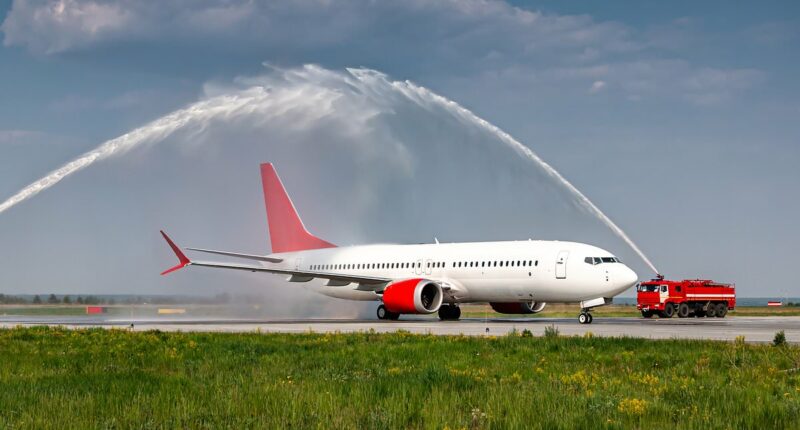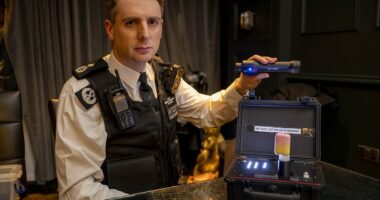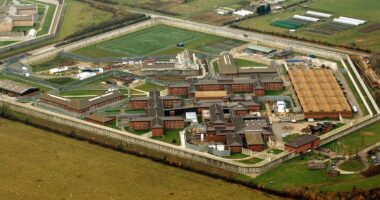Share this @internewscast.com
The curious tradition of planes being doused in water before takeoff has a surprising explanation—it’s not about cleanliness at all.
Imagine settling into your seat with a good book, anticipating takeoff, when suddenly it feels like the aircraft is being drenched in water. It’s puzzling, isn’t it?
While one might think this is a last-minute cleaning procedure, the real reason for the water spray is more symbolic than practical.
This ritual, known as a plane water salute, involves fire engines spraying water in a grand arc over the aircraft, forming a watery archway for it to pass through.
Similar to the maritime tradition of saluting ships, this ceremony is reserved for significant occasions and milestones, symbolizing respect, celebration, or well-wishing.
Water salutes are performed for various reasons, most notably to honor the retirement of a senior pilot or airport staff, as highlighted by Simple Flying.
They’re also staged when celebrating milestone events, such as the take-off or touchdown of a record-breaking flight, or to welcome the return of an Olympic team.
Sometimes, water salutes are carried out to honour military personnel, such as commemorating fallen soldiers.

A plane water salute involves two fire engines spraying arcs of water over a plane, essentially creating a ‘tunnel’ for it to pass through

The custom, which serves as a gesture of respect, celebration or good luck, is reserved for special occasions
They can also be performed when marking the first or last flight of an airline to a specific airport.
The water salute is said to have originated in the maritime industry, where fireboats would create a water arch for ships on their maiden voyages as a ceremonial welcome.
When planes were eventually introduced, the tradition was later adopted by the aviation industry, according to Schiphol Airport.
As reported by Simple Flying, there are unverified reports the first water salute took place in the 1990s at Salt Lake City International Airport to honour a retiring Delta Airlines pilot.
The water salute, a rare occurrence, is not to be confused with ground deicing, a common yet similar process of aircraft being sprayed with liquids prior to take off.
Many passengers might have experienced ground deicing before the aircraft starts to move, especially during cold weather, as it involves clearing and protecting plane surfaces from ice accumulation before taking flight.
Meanwhile, there’s one in-flight phenomenon that some would find a little more nauseating than most: the mysterious and messy reality of ‘blue ice’.
Blue ice occurs when frozen blocks of aircraft toilet waste break loose mid-flight and fall to the ground, sometimes causing property damage, injury and costly clean-up.

Water salutes are carried out to honour military personnel, or to acknowledge a pilot’s final flight before retirement

The water salute is said to have started in the maritime industry, before later being adopted in the aviation industry when planes were introduced
The term ‘blue ice’ refers to waste leaked from an aircraft lavatory system, mixed with blue disinfectant, which freezes at cruising altitudes where temperatures can plunge below –60 degrees Celsius.
Upon descent, the ice can dislodge and fall to the ground, sometimes with dangerous consequences.
Though modern aircraft waste systems are designed to be completely sealed and undergo regular inspection, small leaks – caused by hairline cracks or faulty seals – can occasionally occur.
These incidents are more common than many realise, with aviation experts at Brookfield Aviation highlighting them as one of the very real hazards of modern air travel.
















